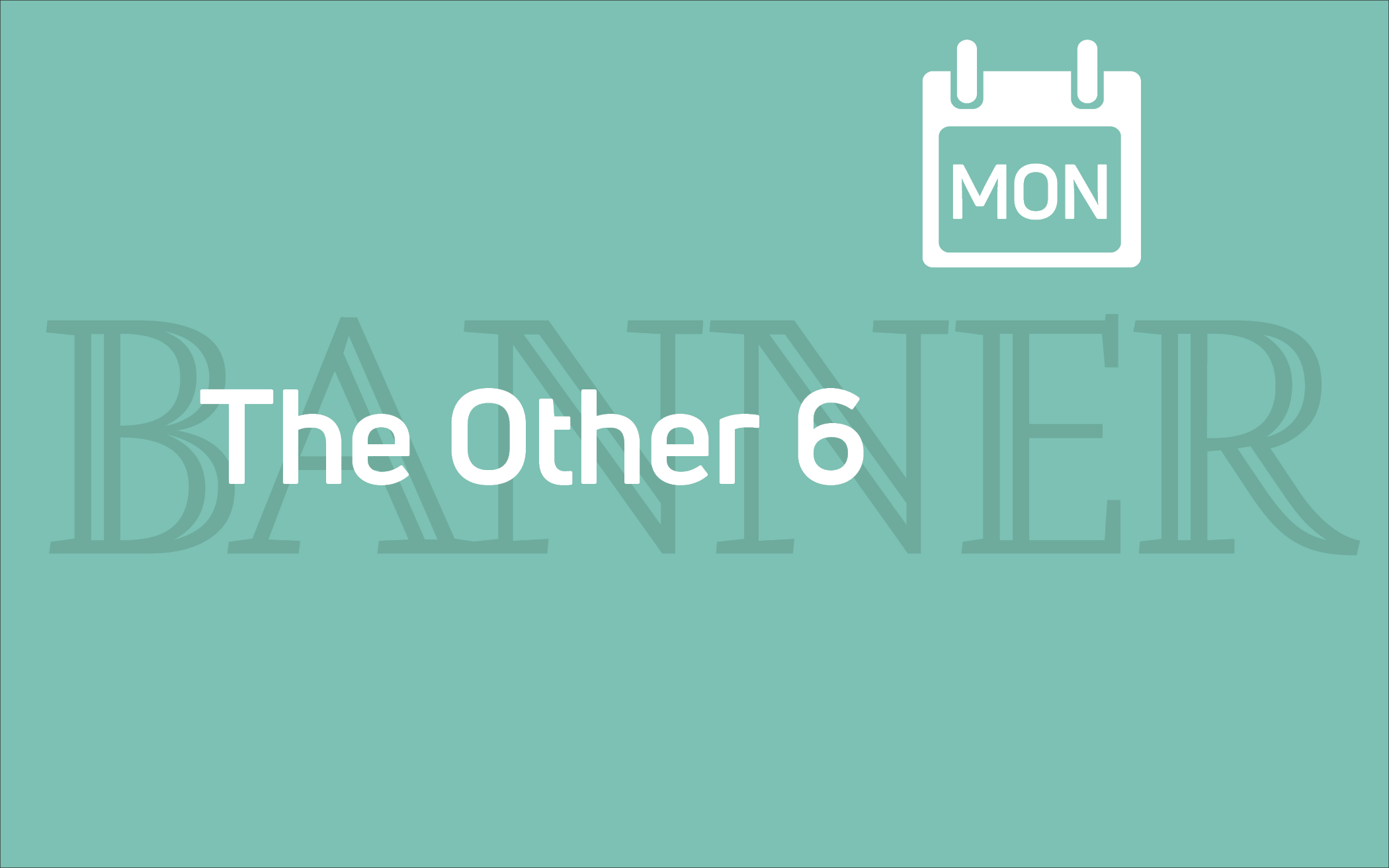Begin here: A book is a story told by one soul to another soul. This means that the writer for young readers has the opportunity—a stunning opportunity, when you think of it—to bring something of delight and beauty, and perhaps of meaning and wisdom, to a child. It means the writer can speak to the young reader of things deeply important, in ways deeply engaging. “Go little book,” wrote Chaucer, and he sent his art out into the world to tell entertaining stories that talk about love, mercy, justice, and understanding.
“The world is dark, and light is precious. Come closer, dear reader,” whispers the narrator of Kate DiCamillo’s The Tale of Despereaux (Candlewick, 2003); “I am telling you a story.”
“Wish that there was something I could gift you,” says Cal in Heather Henson’s That Book Woman (Atheneum, 2008), but the librarian who has ridden her horse deep into hollers knows he already has gifted her: he has learned to read, and now he sees “what’s truly there.”
And as Jack in Love That Dog (HarperCollins, 2001) listens to a poet read, he discovers “the blood in my veins was bubbling.”
That is what good stories can do: give light, truth, and bubbling.
Consider the bravado required to address questions of light and truth to a young audience. Remember the final line of Dr. Seuss’s The Cat in the Hat? Look it up and confront the enormous moral question it poses. Consider Eve Bunting’s We Were There (Clarion, 2001), which asks the reader who the Christ-child came to—and presents an answer through the snake, the rat, the spider, and the scorpion who were also at the stable. Or Matt Phelan’s graphic novel The Storm in the Barn (Candlewick, 2009), which asks how we can love the unlovable. Or Karen Cushman’s Catherine, Called Birdy (Clarion, 1994), which asks whether obedience in a good cause must lead to the denial of one’s true self.
Light, truth, and bubbling.
Stories for young readers ask questions that point to new perspectives and experiences. Barbara McClintock’s The Fantastic Drawings of Danielle (Houghton Mifflin, 1996) affirms a young girl’s imagination that has been despised by others. Katherine Applegate’s Home of the Brave (Feiwel, 2007) tells of young Kek, whose journey from Africa to the winter of Minnesota is softened by a cow whose name means “family” in his own language. In Francisco Stork’s Marcelo in the Real World (Scholastic, 2009), Marcelo braves the difficulties of autism to make his way in a threatening world.
But books are a silent medium; they compete for young readers against the loud and bright technologies of this world. They could use allies, and here parents may play the decisive role. For a child to be a reader, she must see books in the home. We all know this. Parents need to read to their children, of course. But also, books must be taken seriously; parents need to pick them up and read them for themselves. And they need to talk about what they are reading, and how the story works, and what the story might mean on the deepest levels.
Few children learn the joy and wisdom that books offer without seeing their parents value reading for themselves. We take time to do the things we believe are important.
For many young readers a book will represent their first encounter with difference or justice or moral choice or issues of faith. Thus the book delights and entertains and speaks to deepest needs. A parent can give few better things.
About the Author
Gary D. Schmidt is a professor of English at Calvin College in Grand Rapids, Mich. He has also won several awards, including two Newbery Honors, for his books for children and young adults.


